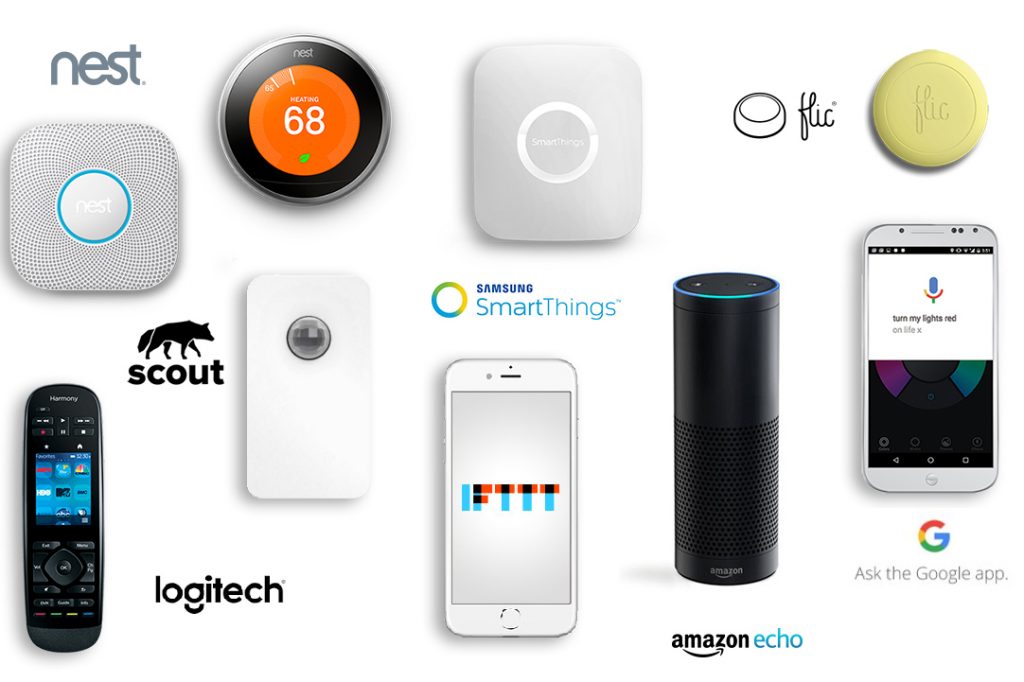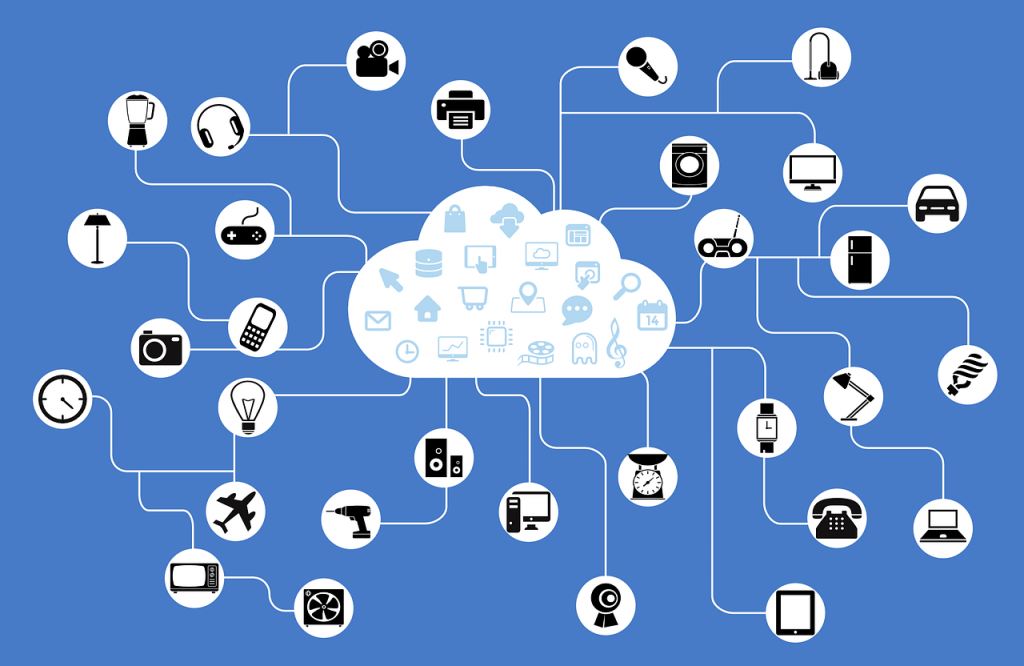Are You IoT Ready? The Challenges of Switching to a Smart Home

image credit: screenshot from lifx.com
Smart homes hark the arrival of a future we only thought was possible in the movies. Imagine walking into a room where everything works without you touching a single switch. Lights brighten or dim at your own liking, the room temperature automatically adjusts, the television flashes your favorite movie, while a robot assistant reads aloud your latest emails. This Jetsons-like fantasy feels so surreal but it’s happening right now.
Arising from the Internet of Things (IoT), tech companies are now able to make home devices that can interact with each other. Simple home appliances like light bulbs can now be controlled with a smartphone; smoke alarms can now alert homeowners remotely; and vacuum cleaners can now clean floors by themselves. There are a lot of emerging gadgets like these for the home, but despite the convenience they hope to give, some consumers still find it hard to adapt to smart home living.
Surveys say…
What are stopping them? Basically, consumers have identified several factors that prevent them from making a complete lifestyle switch. Awareness about the smart home technology for one is an issue. In a Harris Poll done back in 2015, “nearly two thirds (64%) of Americans say they don’t know much about smart home technology.” The report further adds that the most popular smart home devices are:
- wireless speaker systems (17%)
- smart thermostats (11%)
- smart/wireless home security and monitoring systems (9%)
If Americans were to purchase other smart home devices, the poll listed the following devices:
- smart thermostats (40%)
- smart lighting (37%)
- wireless speaker systems (35%)
- smart/wireless home security and monitoring systems (35%)
In a similar survey done by Neilsen on smart home technology, 36% of respondents agreed that they are excited to “incorporate more smart tech” into their homes; 30% disagreed on the statement while 34% neither agreed nor disagreed. More interestingly, only 22% very much agreed on “the importance of having the latest teach for home”, 43% were lukewarm about it, while 35% were not at all agreeable with the statement.
Amongst those who are excited to incorporate the latest tech in their homes, Neilsen broke down the data according to age, income, and ‘own/rent’ home status. Survey results showed that the youngest consumers aged 18-34 were most likely to adopt the smart home technology while the elders aged 65 up were considered as laggards. In terms of income, the ones at the highest income bracket (above $75,000) were to most likely adopt smart home tech while it was less likely for those earning below $35,000. When it comes to own vs rent, it was basically a tie (which makes adopting smart home tech viable for both homeowners and tenants.)

image credit: unsplash via pixabay.com
Difficulties in switching
Cost is obviously the first difficulty that any early adopter will face. Smart home devices are generally costlier than their non-smart counterparts. A normal lightbulb for example, will only cost you less than $20 while a smart home LED lightbulb can cost up to $50. That is why in the Neilsen survey, those with higher income tend to gravitate towards smart home devices versus those on the other end of the spectrum. And switching to a smart home also means purchasing other smart home devices. Nest for example, offers a trio gadgets that interact with each other to work most effectively.
Hacking is another issue smart home users will be facing. In Singapore, an IBM security expert found out that with the use of a hacking tool, he can access more than a hundred IoT devices within his location. This becomes a problem for smart home users as all smart home devices rely on the internet to communicate and operate well. Some cyber security companies have also discovered that some smart home devices can be hacked in as little as 20 minutes, offering very minimal security to homeowners.
Compatibility between devices is another challenge for smart homeowners. Apparently, some devices don’t really get to communicate seamlessly with others. Some connect through Wi-Fi, some through Bluetooth, and some through another type of technology. Therefore, the choices of what devices to put together in one home becomes limiting to the consumer, and sometimes even frustrating.
But amidst all of the drawbacks in shifting towards a smart home, there is still much promise and excitement amongst tech consumers. Never in our lifetime have reached a point where technology is as so much immersed in our daily lives. We thought smartphones are the only ones that rule our lives, but in the near future, even our homes will be governed by intelligent technology. And that’s one bright spot in the Internet of Things.

image credit: jeferrb via pixabay.com